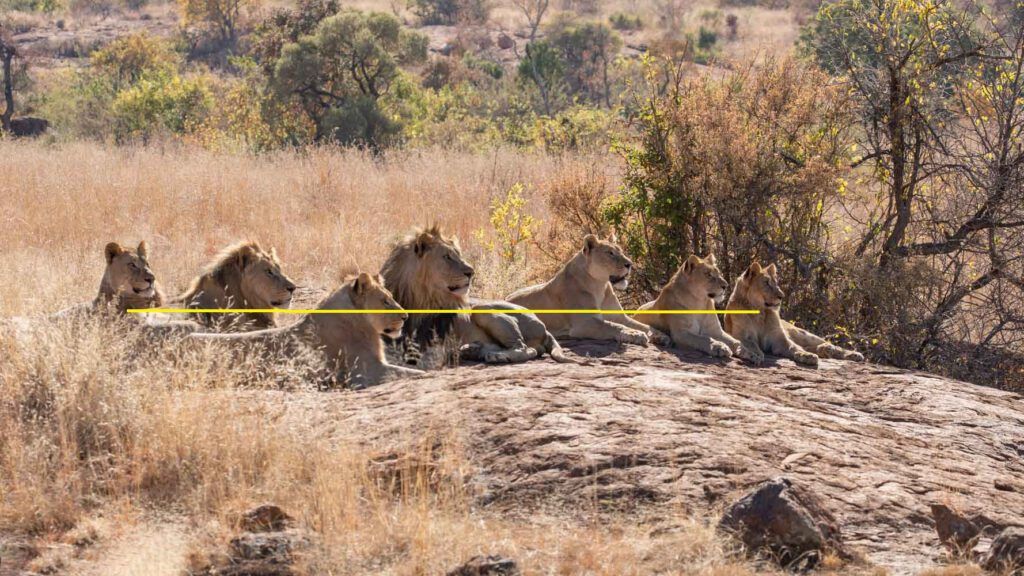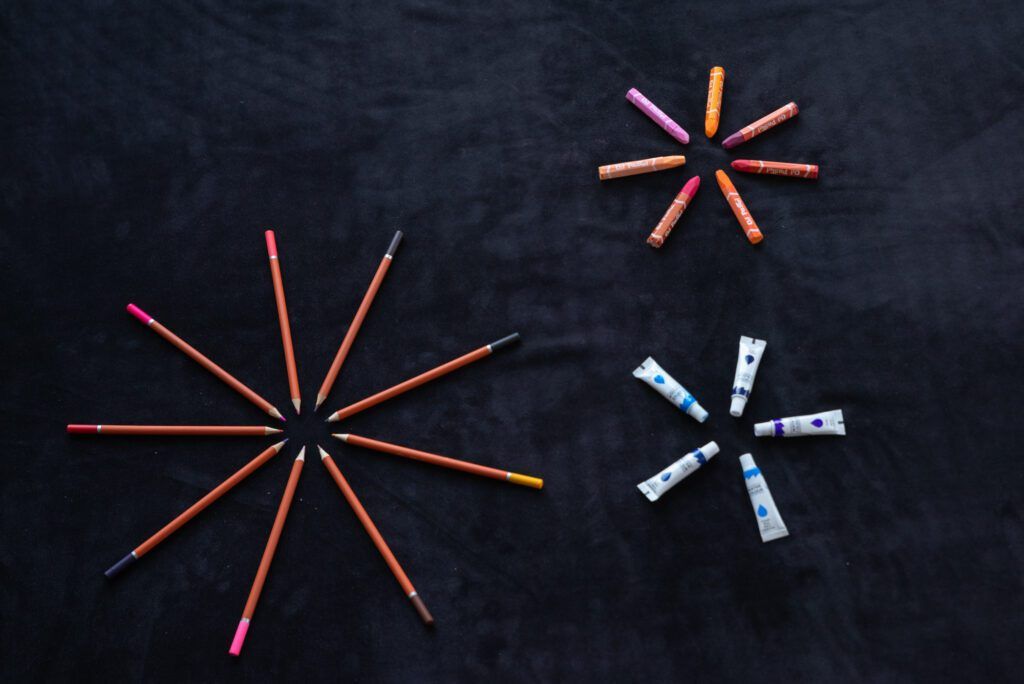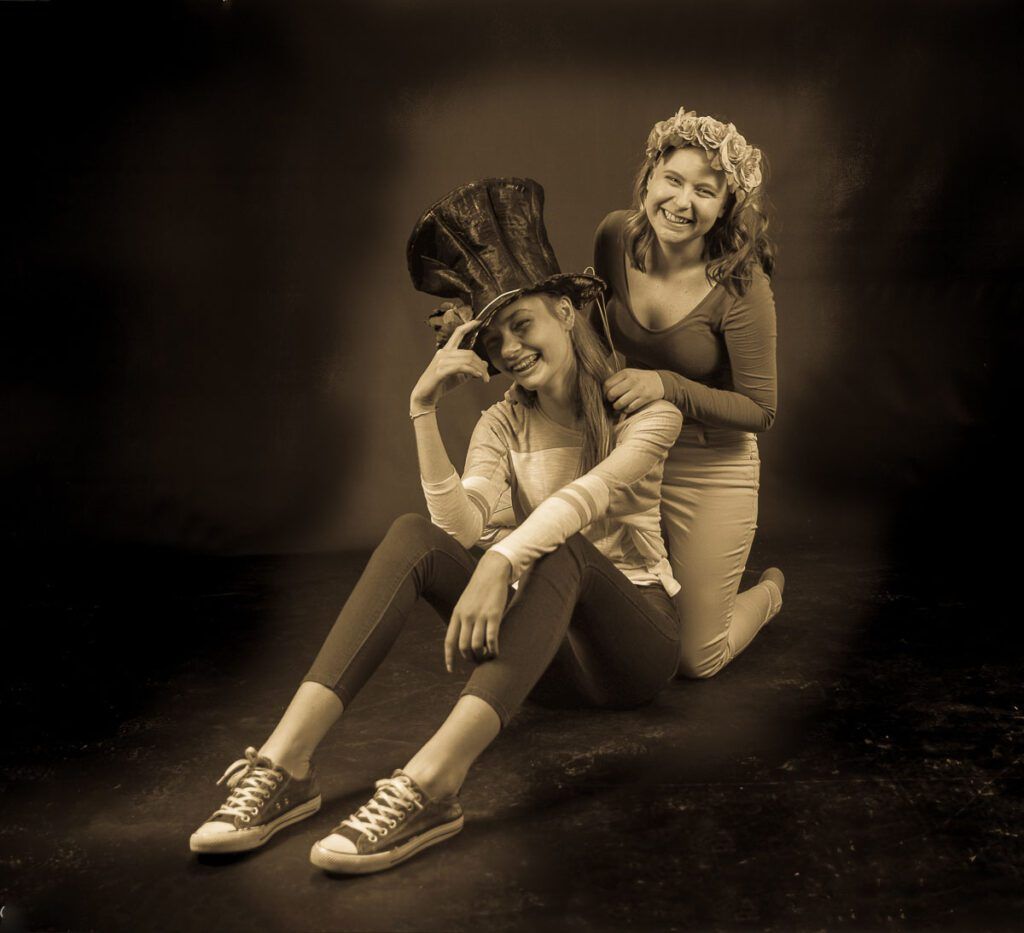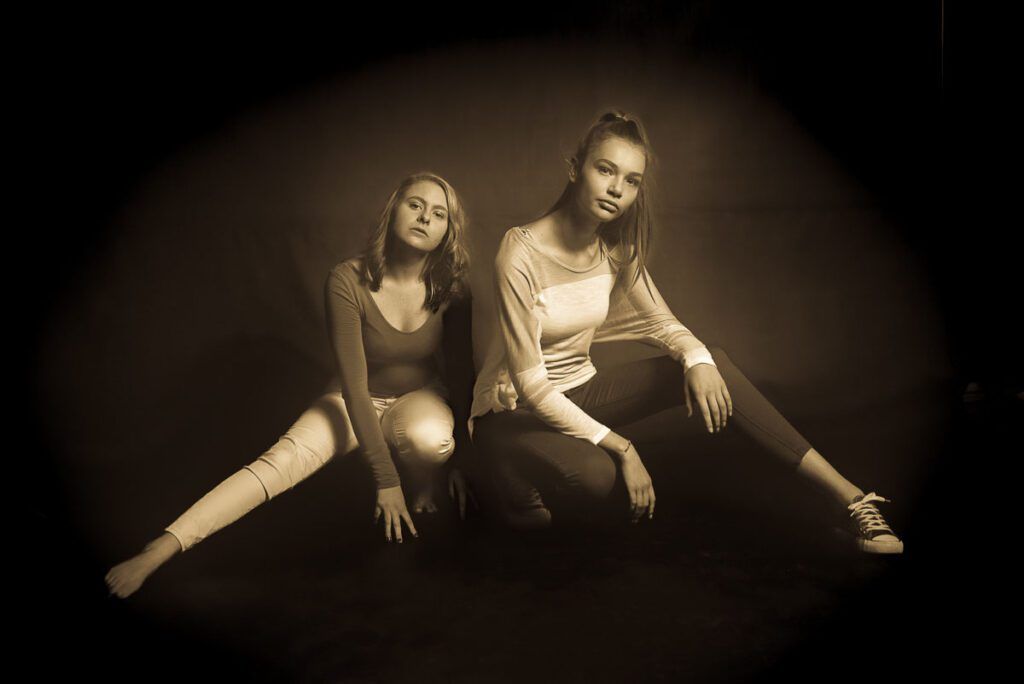Introduction
Sometimes I wonder how a specific rule in art came about. Who ‘discovered’ it? Who was the first one who shouted ‘Eureka!’ in terms of this specific rule? What did others think about it? Did someone get crucified in medieval times for making it known (such as those who declared that the earth was round and that stars were suns with planets circling it)?
The ‘rule of odds’ is one of ‘those.’ We know what it is and that it works, but we have no idea who was the first one to define it and ‘declare’ it to the world out there. I guess that it had been used since the first piece of art, not because someone purposefully applied it but because of the mechanics of the human brain – it simply ‘liked’ it!
Recommended Reading: If you’d like to improve your composition skills for better images, grab a copy of Photzy’s best-selling premium guide: Understanding Composition.
What Is the Rule of Odds?
The rule of odds is not specific to photography. It’s a rule specific to art, which includes (good) photography. That is why it is used by photographers to raise the aesthetic value of their images.

Definition
A few definitions are floating around for the rule of odds (across art genres) and I guess in the end they all say the same thing. Let’s look at a couple of them:
- The rule of odds in design says that pleasing compositions seem to often have an odd number of elements placed in the foreground, most commonly three. The two objects on the outside both balance the focal point in the center, creating a simple, natural balance (99designs.com).
- The rule of odds in art says that composition will be more dynamic if there’s an odd number of elements in the composition, rather than an even number (marion.scot).
It is then no surprise that this rule also works in photography, which is no stranger to the word ‘composition.’
Why Does It Work?
An odd number of objects in a piece of art is believed to let the viewer’s eye flow around it more easily. It leads to a greater feeling of harmony – a feel of balance. We cannot declare why it works – it simply does!

These lion cubs were playing with an overflow pipe of a water feed in the Kruger National Park, South Africa. Totally innocent, by the look on their faces! Photograph by Tobie Schalkwyk
Key Lesson: We do not know why the rule of odds creates a feeling of harmony and balance. We just know that it does, like the rules of composition.
Compositions
Indeed, a photographer cannot always choose an image’s composition (especially in ‘live’ photography such as street photography or nature photography). When you do find yourself in a position to combine attractive composition elements with the rule of odds, however, you have a winner!
Let’s look at a few examples:
Triangular Composition

Photograph by Tobie Schalkwyk
Linear Composition

Photograph by Tobie Schalkwyk


Photograph by Tobie Schalkwyk
A specific composition may enhance an image using the rule of odds, but it is not a necessity to make an image work. Do not get caught up in it so much that you miss out on a memorable shot.

Photograph by Tobie Schalkwyk

Who can say ‘no’ to an image of these innocent faces, in favor of composition? Photograph by Tobie Schalkwyk
Key Lesson: Compositions can be used to raise the aesthetic value of our images, to add harmony and balance. It is not a must when using the rule of odds, but it certainly adds a nice touch. Do not let a special capture go lost, however, just because it does not comply with the rule of odds!
How Many Focus Points/Elements Work Best?
Well, your number of focus points/elements should be such that your brain realizes that you’re using an uneven number. For that reason, three main focus points/subjects seem to work best. The brain processes it without specifically counting them.
Your number of focus points/elements should be such that your brain realizes that you’re using an uneven number.
Five is still a ‘good’ number, but from seven and up the brain seems to be just interpreting it as a ‘lot’ of items and the rule of odds disappears out the door. Maybe the best would then be to group items together in an uneven number of groups.

In this image, this approach was combined with the rule of thirds to add more balance. Photograph by Tobie Schalkwyk
When Not to Use It?
Just like in any other discipline, there are always exceptions to the rule. There are times when it would make no sense to add a third or fifth element just to add artistic value. You may spoil the image by doing so. Common sense should always prevail!

Photograph by Tobie Schalkwyk

Photograph by Tobie Schalkwyk
A third person in these two images above would spoil its look and feel and would destroy the feel of a special friendship between these two girls.
Key Lesson: The rule of odds is not the alpha and omega of harmony and balance. There are times when it adds value to an image, but there are times when it defeats its objective of it. Use it with care and always let common sense prevail!
Recommended Reading: If you’d like to improve your composition skills for better images, grab a copy of Photzy’s best-selling premium guide: Understanding Composition.
Conclusion

Photographers have a lot of tools at their disposal for raising the aesthetic value of their images. The rule of odds is one of them. We don’t know why it works, but we know it does.
The rule of odds should be used in combination with common sense, though. Most of the time it will be of value, but there will be times where it may – or even should – be ignored.
Use it with care but don’t be afraid to use it. It won’t always be available to you anyway, such as in nature photography. Nature does not allow you to dictate your compositions, but now and again it would favor you with a great rule of odds composition. Grab it with both hands!
Most importantly, enjoy your photography with or without the rule of odds!
Self-Check Quiz:
- What is the rule of odds?
- Play with various numbers by setting up compositions that apply the rule of odds. At what number do you personally feel that it loses its effect?
- What technique could be used when the number of elements in an image makes the rule of odds lose its effect?
- When does it make sense to not apply the rule of odds?














